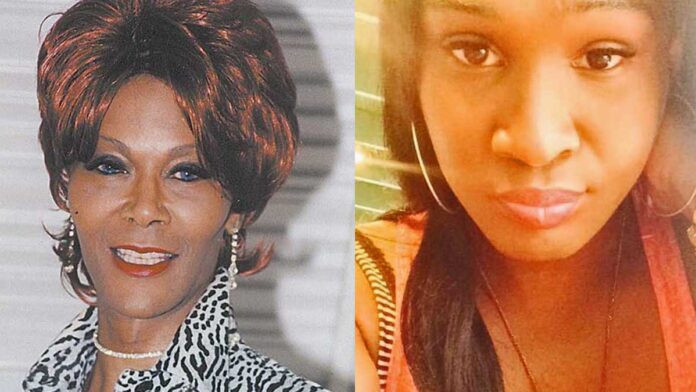Last week, after the swift arrest made in the killing of trans woman Mia Green, LGBTQ community leader Deja Lynn Alvarez publicly thanked the Philadelphia Police Department on Facebook and recognized several officers by name. Alvarez later told PGN that the police were “from start to finish amazing,” in their response to Green’s death.
For those in the community who remember Nizah Morris, hearing the words “amazing” and “police” in the same sentence might come as a shock. Morris, a trans woman, was killed in 2002 shortly after receiving a “courtesy ride” from police. In the 17-years since, PGN has investigated the case, which remains unsolved.
This week, Tim Cwiek, who has been reporting on the Morris case since the beginning, wrote a feature for LGBTQ history month outlining his experience with the case and charting the police’s mishandling of it. The feature details the many looming questions that still remain, questions that the police and district attorney’s office have never fully answered. Perhaps the most important question is: Are local authorities pursuing justice in the Nizah Morris case or perpetrating a cover-up?
Of course, much has changed in 17 years. In the time since Morris’ death, reforms have taken place and relationships have been established — by people like Alvarez — between the police and the LGBTQ community in Philly.
Alvarez herself said of Green’s death that “six or seven years ago, this young lady would have been murdered in cold blood, no one would have cared, the police wouldn’t have bothered, it would have been reported as a man, or a man in women’s clothing. So the work that we do as a community and the relationships that we build with the city, with the police department are extremely important because visibility means a lot. The more visible we are, the more we can talk about how bad things are, and hopefully it will humanize us and people will see us just like everybody else.”
As Alvarez said, visibility matters, especially for minority communities. It matters because communities like the LGBTQ community pay the same tax dollars for police to keep them safe and to bring those who commit crimes against them to justice.
For many decades, a common theme in PGN’s reporting on the deaths of trans people is that police did not aggressively pursue such cases.
That’s what the partner of Stacey Blahnik, Malik Moorer, told PGN. Blahnik was killed in her South Philadelphia home in 2010, and like Nizah Morris, the case remains unsolved. “Nobody ever communicated with us,” Moorer told PGN in 2016, “[the case] was passed from one detective to another. They never put together the evidence we had and the things we said. It was made a cold case.”
In 2020 alone, at least 30 trans people have been killed in the United States, and it’s not illogical to think that other deaths have gone unreported. It’s also not illogical to think that some of the cases will not be pursued as resolutely by police as they should be. The Philadelphia LGBTQ community has made progress in their relationship with police. Not all cities, states, and countries are as fortunate.
And even in Philadelphia, while we can see improvements in how police handle the deaths of trans people, there are still things that need to change, and there are still people, like Nizah Morris and Stacey Blahnik, who deserve justice.
